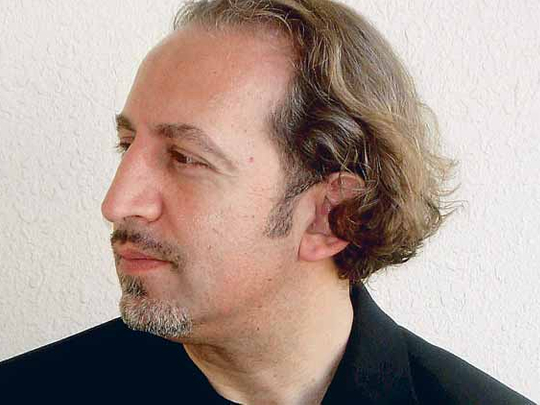
The emergence of humanitarian architecture is a revolutionary form of the profession contradicting what students are usually taught, said a professor at the American University of Sharjah (AUS) recently.
George Katodrytis, associate professor of architecture at AUS and a member of the Royal Institute of British Architects (RIBA), believes the role of architects is changing as more social areas are being put under stress and impoverished.
"[Humanitarian architecture] almost contradicts the idea of an architectural education that teaches students how to make buildings and then wait for a client to come and pay them to do it," Katodrytis told Campus Notes. "In a way it's a revolutionary way of looking at architecture as a humane profession, servicing society rather than profiting from it."
The Gulf Chapter of RIBA, a non-profit, non-governmental organisation, is finalising an agreement with AUS. Under the agreement, member firms of RIBA will lend their knowledge and expertise to AUS students through lectures and assessments as well as training and employment upon graduation.
What is it?
Humanitarian architecture is essentially rebuilding the infrastructure of a place destroyed by natural calamities — such as floods or earthquakes like the recent Haitian quake — or areas afflicted by political strife, such as Palestinian refugee camps in Jordan, Katodrytis explained.
"There are increasingly stressed areas around the world either because of acts of God, political problems or general underdevelopment such as in Latin America or South East Asia," said Katodrytis.
He added that the role of an architect is changing from being client-based to condition-based. "There is no client in a way because there is no business related to this."
Katodrytis said a lack of collective awareness about this issue and more such incidents leave a lot for designers and architects to do. "[We can] use our design experience and knowledge to inject help in these areas to build spaces that understand social cohesion and local materiality to start to have greater impact than we've had in the past," he said.
A new approach
Katodrytis said architecture students and professionals should engage in underdeveloped or calamity-stricken areas to establish a new architectural approach. "[We need to establish] a new way of thinking, language and technology to avoid immediate and temporary measures," he said.
"We build tents and sheds and that's it. Thirty years later those sheds are still there — like the Palestinian refugee camps built in Jordan in 1948 with the first wave of refugees from the occupied area," he said.
To illustrate his point, Katodrytis said the 1948 refugee camps still include asbestos housing built by the UN. Since then asbestos has been proven to cause cancer. "They [those camps] are extremely dangerous and they are still there," he said.
Katodrytis said although there is no formal process to include humanitarian architecture in the curriculum, there is student interest to hold studio projects, seminars and elective courses.












